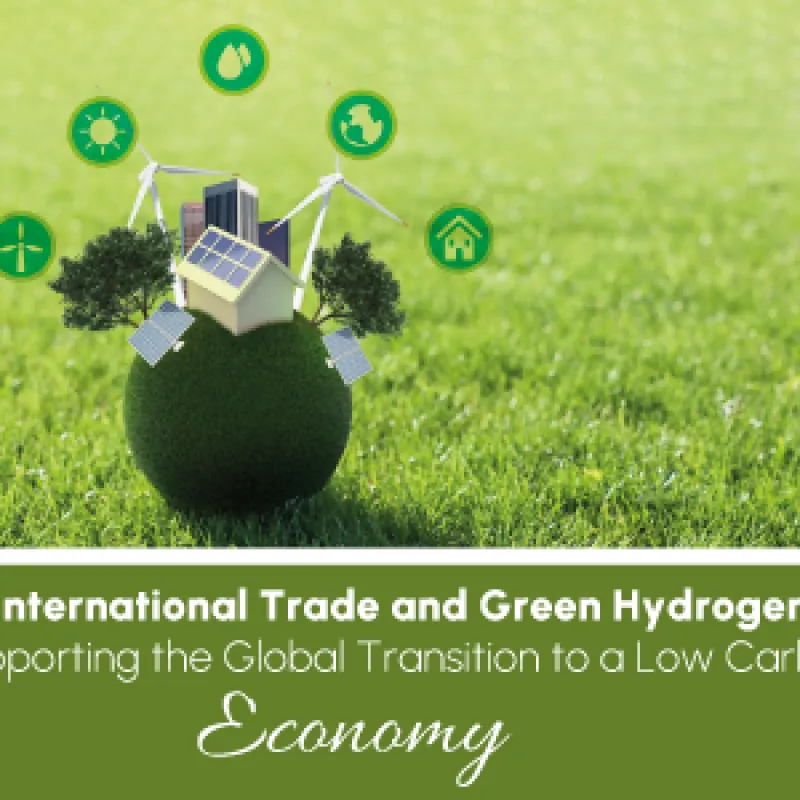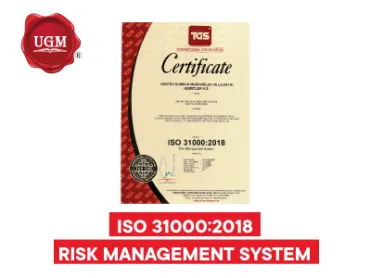Green hydrogen produced exclusively from renewable energy is rapidly gaining importance as a potential factor in transitioning to a net zero global economy. When direct use of renewable electricity or fuels is not technically feasible or cost-effective, such as heavy industry, shipping, aviation, and seasonal energy storage, a new solution must be introduced to decarbonize energy applications. In this sense, green hydrogen can play a crucial role in achieving the goals of the Paris Agreement by mid-century, i.e., sustaining efforts to limit the increase in global average temperature to 1,5°C and reaching two °C well below pre-industrial levels. Hydrogen production above two °C above pre-industrial levels is currently a significant and precise contribution to climate change rather than decarbonization. This is because current hydrogen production methods are carbon-intensive. Therefore, the hydrogen production and consumption landscape must change significantly to achieve a net-zero world.
To meet the targets of the Paris Agreement, existing uses (for example, to produce fertilizers or other chemicals) will need to be supplied with clean hydrogen. In addition, to serve a broader range of uses and decarbonize carbon-intensive sectors, the overall hydrogen supply needs to increase more than five-fold to over 500 MT/year by 2050. Given that renewable electricity is required to produce green hydrogen, realizing such a scenario will require a parallel expansion in renewable energy production. According to estimates by the International Renewable Energy Agency (IRENA), the global technical potential to produce green hydrogen is projected to be twenty times the global primary energy demand in 2050. In this sense, access to high-quality and abundant renewable energy production will be a crucial cost factor. This is because it will be a vital driver of the relative competitiveness of specific regions in the production of hydrogen or the production of tradable goods using hydrogen.
Derivatives such as green hydrogen and ammonia make it possible to generate renewable energy in regions with significant renewable energy potential and transport it to areas with substantial hydrogen demand but where renewable energy supply is inadequate or more costly. International trade can influence the supply and demand for green hydrogen and its derivatives. This is because the domestic production potential of some economies and regions may need to be increased to meet their domestic demand. It may be cheaper for some economies to import green hydrogen from places with lower production costs. According to an analysis by IRENA, about a quarter of the total global hydrogen demand could be met through international trade by 2050.
Hydrogen is primarily produced using natural gas, and the trade flow is around 150-200 million US dollars per year. More critical is trade in goods derived from (green) hydrogen, mainly ammonia and methanol. These were worth US$17.5 billion and US$14.1 billion, respectively, in 2022. Therefore, the trade dynamics of green hydrogen and its derivatives in a net zero scenario would be very different from today's international fossil fuel markets. The geographical distribution of green hydrogen production potential is widespread- as it is linked to solar and wind energy supply - and there are few large potential importers. In contrast, in today's oil and gas markets, a handful of players control a large share of global supply for many importers. Moreover, hydrogen's physical properties make transporting over long distances technically tricky and economically costly.
Green hydrogen could play an essential role in achieving the goals of the Paris Agreement by mid-century.
In this context, trade-in green hydrogen will primarily occur in goods produced using hydrogen, such as ammonia, methanol, synthetic fuels, or iron. The prospect of cost-competitive green hydrogen production in regions with abundant and high-quality renewable energy could lead to the relocation of some energy-intensive industries and the emergence of new commodity trade flows.
In addition to increased trade in hydrogen and derivative commodities, scaling up green hydrogen for decarbonization will result in a significant increase in trade flows for the technology and services required for its production, such as electrolyzers (which use electricity to split water into hydrogen and oxygen), compressors, pipes, and valves. More than 30 economies worldwide already have national strategies for low-carbon hydrogen. It is, therefore, critical to start now to anticipate the conditions that will facilitate this trade in terms of infrastructure development, market design and regulation, and enabling trade policies. Several pathways will help advance their role in promoting and shaping the development of green hydrogen supply chains by making trade policies more open, predictable, consistent, and inclusive.
The published report outlines five actions for policymakers to consider:
- Address trade barriers along the green hydrogen supply chain to support the development of green hydrogen by reducing costs and promoting access to technology.
- Develop a robust quality infrastructure to guarantee the environmental integrity of green hydrogen production and provide information on the production process and emissions footprint along the value chain.
- Implement support policies to help sustain market growth, promote cost efficiency, and reduce the cost differential between green and fossil-based hydrogen production costs.
- Use sustainable government procurement to stimulate a significant and stable demand for green hydrogen, its derivatives, and related technologies.
- Increase international cooperation to support green hydrogen trade to ensure harmonization and consistency in definitions and standards, contributing to the delivery of social and economic benefits.
International trade can play an important role in matching supply and demand for green hydrogen and its derivatives.
Source: WTO_green_hydrogen.pdf




 Back
Back








